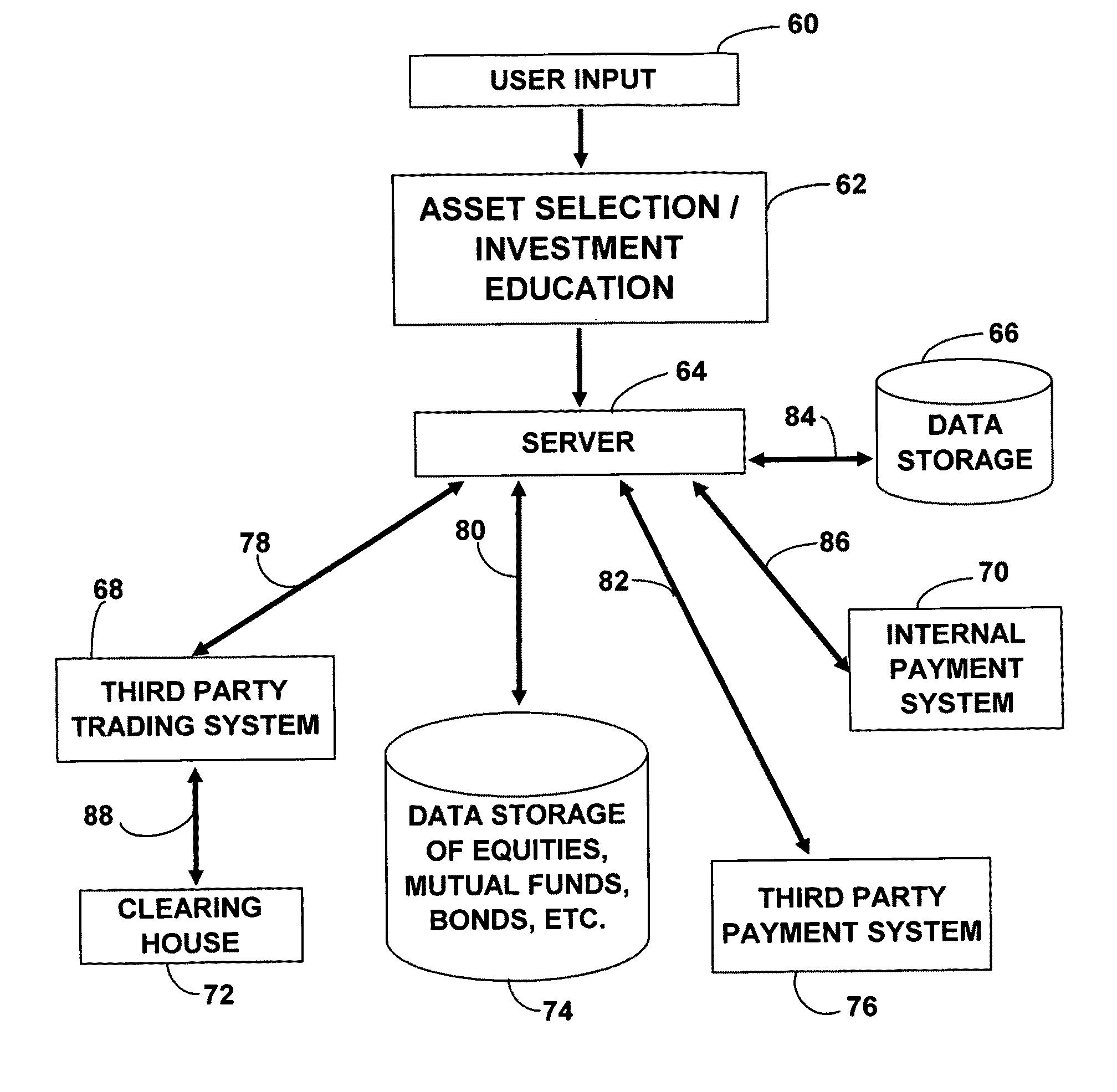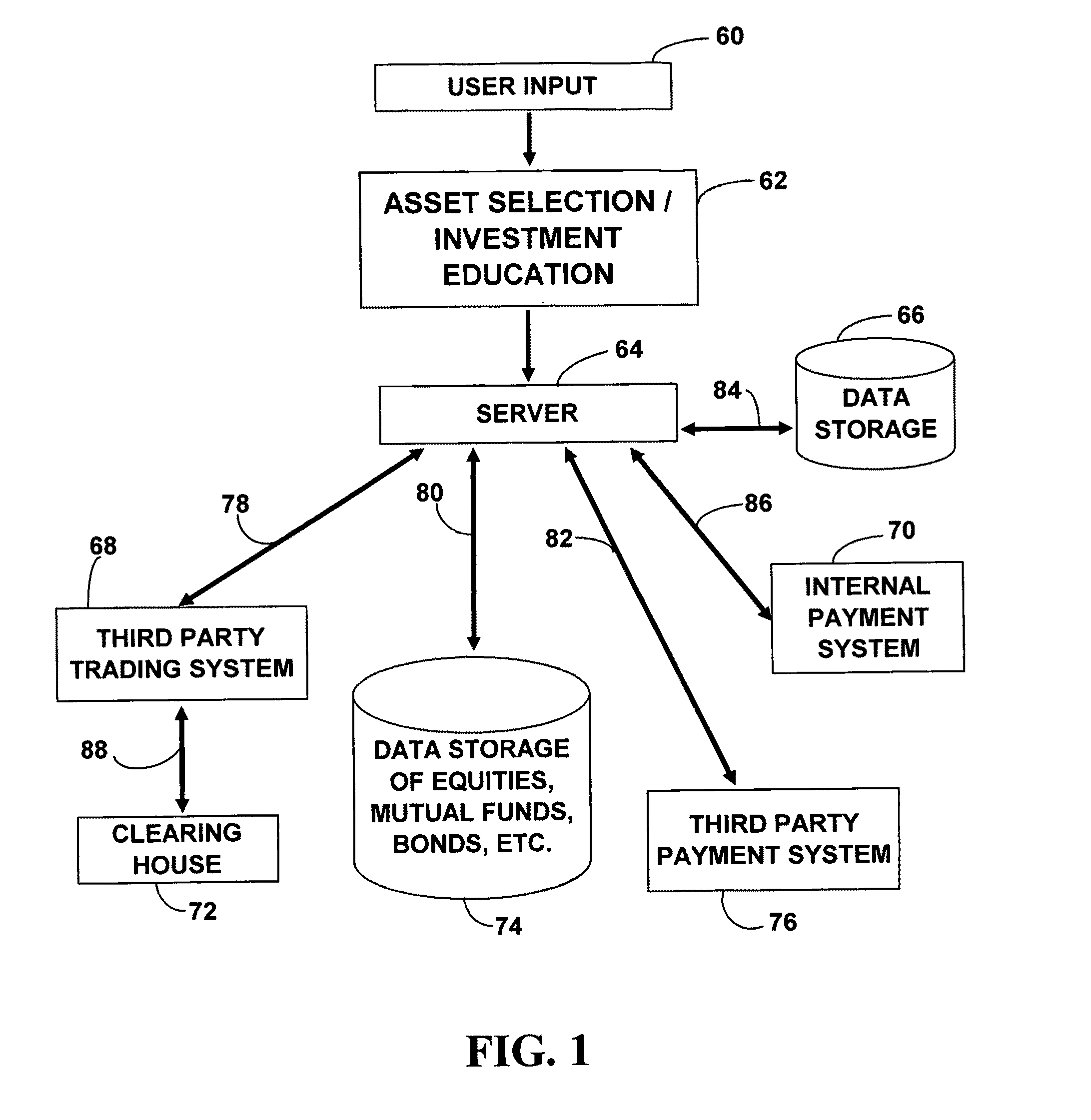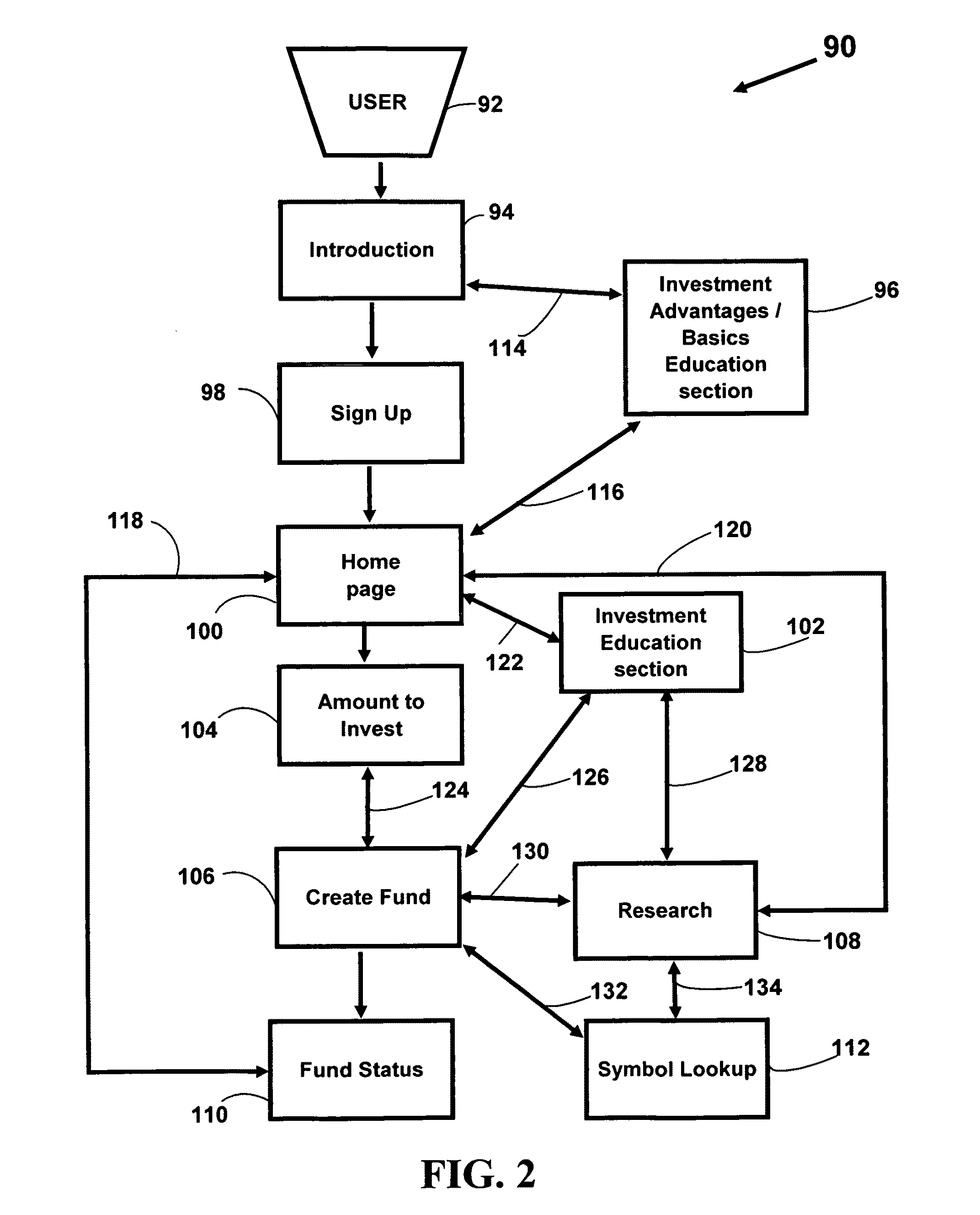Even with the initial diversified investment portfolio, market fluctuations can change the securities' values over time, causing the investor to be invested in a
risk category that he / she may not be comfortable with.
In addition, except for some targeted mutual funds, it is not possible for the investor to express any preferences regarding matters such as social or moral issues (i.e. not wanting to invest in companies that operate in certain sectors, such as defense).
Even in those instances where a targeted mutual fund exists for those types of preferences, the investor will not be able to select specific stocks for the targeted mutual fund.
It is also not possible for the investor to control the weighting or amounts of securities in the mutual fund.
Also an investor who invests in multiple mutual funds or who owns securities and a mutual fund could be over-weighted or under-weighted in particular industries or securities without his / her knowledge, and without any mechanism to correct the allocation.
Thus the centralized, one-size-fits-all investment
decision making of mutual funds is not a good fit with the unique investment needs of individual investors.
A problem with
centralized management of mutual funds is that the timing and amount for the realization of gains is out of the control of the investors of the fund.
As a result, investments in funds that are held in taxable accounts can be tax-inefficient for investors.
It is not possible for the investor in an appreciated fund to obtain a capital loss by selling depreciated securities.
Conversely, it is not possible for an investor to obtain a capital
gain by selling the appreciated assets in a fund that has depreciated overall.
The investor can only sell part or all of his / her interest in the mutual fund which will either result in a
gain or a loss depending on whether the fund has appreciated or depreciated as a whole relative to the investor's tax basis in the fund.
The investor cannot sell specific securities in the fund, and therefore does not have the ability to manage the various tax effects that originate from the underlying securities in the fund.
Any capital losses realized by the mutual fund cannot be passed through to investors.
As a result of this and the centralized control of investment
decision making, investors in funds are largely denied the opportunity to realize losses in order to offset them against gains elsewhere.
The investor, however, cannot control the charges levied against the fund.
Each of these vehicles, however, has negative characteristics that have made them unpopular with investors, including discounts to fair market value of the underlying securities, less transparency than open-end mutual funds, or relatively unchangeable, static portfolios.
It is not possible to control those factors in these funds in advance unless the mutual fund commits to a mechanical style of investing with extremely limited discretion.
History shows that active management does not work because the majority of actively-managed mutual funds do not beat the S & P 500.
Many investors are dissatisfied with mutual funds due to high management fees, tax planning issues, and mediocre returns.
Accordingly, investors in a fund cannot expect investment
decision making to be tailored to their individual needs and investment decision making is not under their control.
A frequently noted problem with actively-managed funds is the so-called “
herd” phenomenon.
The result is poorer performance from professionally-managed, actively-managed mutual funds than might otherwise be expected.
However, few small investors are able to create a diversified portfolio.
One obstacle to creating such a diversified portfolio for the small investor is the inability to build such a portfolio on his / her own because of the costs of trading securities to create and maintain such a portfolio.
Another obstacle is the inability to consummate trades in small quantities needed to create such a portfolio.
Some of the expenses for an investor seeking to invest a small amount to create and maintain a diversified portfolio stem from the brokerage costs.
This is a cost that frequently is “hidden” from investors.
Investors do not always realize that there is a spread even when they are being charged a commission.
This cost can be significant, even exceeding the explicit commission charges.
Obviously, the basic brokerage costs, even employing the deepest discounted brokerage services, would be prohibitive for the ordinary investor.
Ordinary investors usually do not possess the capabilities, skills, or tools necessary to create and maintain a diversified portfolio with the desired risk-return characteristics.
These systems are not designed to enable investors to purchase a portfolio of specific securities.
These plans, however, are run by selected issuers and have a number of limitations including average pricing usually over weeks or a month.
In addition, costs are frequently prohibitive for small transactions in a security (such as one or two shares) or even for transactions in less than a round lot of 100 shares.
Generally, under applicable regulatory requirements, investors are required to receive what is called “best execution”, but that execution may not be the best price they could have received if the execution
system were different.
These systems primarily cater to institutions and are not available to the individual investor.
Brokers generally do not monitor the overall tax effects of a portfolio for their customers.
If a customer obtains tax advice from the broker, it is usually expensive.
Some employers are concerned that employees, especially less financially sophisticated employees, will not understand the risks of investing.
The employees may invest in risky securities or not have a sufficiently diversified portfolio.
These issues potentially could cause the employees to lose much or all of their expected retirement.
Consequently, employers limit the choices that employees may select by offering a finite number of investment choices.
This means only offering limited choices of mutual funds.
Trading securities has not been offered because there was no way to ensure that an employee would invest in a diversified portfolio with specified maximum risk levels.
Currently, direct investment creates an investment performance and / or investment safety problem that is unavoidable for all but the wealthiest investors; the inability to economically achieve adequate diversification to maintain investment risk at acceptable levels.
There are many individuals who purchase mutual funds because they do not think they are sufficiently informed nor educated to make investment decisions on their own.
In addition, there are individuals who purchase securities without researching the securities properly.
Many individuals lack financial knowledge to investigate and research securities and their associated companies.
In addition, these websites provide a knowledgeable investor with information, but do not provide mechanisms for creating a tailored basket of securities.
This patent does not allow an individual to create a weighted portfolio of securities and does not offer a financial education component.
(2004) does not enable individual choices of stock selection nor portfolio diversification.
This method is not efficient since the investor will not know how much money is invested in each security chosen.
Finally, this patent does not include investment education for the individual.
U.S. Pat. No. 5,132,899 to Fox (1992) is designed for portfolio managers and does not allow individuals to create a customized fund based on his / her timeframe and risk tolerance.
This limits the investment choices.
In addition, this patent does not include investment education for the individual.
The risk and return of the entire portfolio is meaningless if the investments of various timeframes and their associated risk / return ratios are lumped together.
Currently there is no mechanism for enabling individuals to
gain knowledge in investing.
Nor is there a means to cost effectively design, maintain, and modify a customizable investment fund comprising individual securities based on an investor's risk tolerance, timeframe, and specific investment preferences.
An investment mechanism differs from the prior art where 1) it is currently not possible for a small investor to acquire or trade individual equities in small or fractional amounts on a cost-effective basis, 2) the individual cannot manage individual equities as an integrated portfolio, and 3) the individual cannot learn investing concepts and strategies, research investments, and network with other investors in one comprehensive place.
2) have an inexpensive process for selecting and weighting securities, based on unique individual investment needs. Fees associated with mutual funds currently make this process prohibitively expensive. Currently, the average fee, called an expense ratio, of all diversified equity funds in the Morningstar
database is 1.55%. An investor with a $10,000 investment in the average mutual fund would face annual expenses of $155 before any commissions, sales load, or 12(b)-1 charges.
3) have a system where the individual investor is not affected by the actions of other shareholders. For example, one day an investor buys $1,000 of shares in a mutual fund. The next day, a number of current shareholders of that fund decide to liquidate their holdings. The Net Asset Value (NAV) of the fund would be materially affected as the portfolio manager would be forced to liquidate current holdings to meet the redemptions.
4) gain greater control over their taxes through managing capital gains and losses by having all the information necessary to monitor and manage tax effects.
5) hold on to assets during market downturns. Mutual funds may face forced liquidations at depressed prices or forced recognition of capital gains during a market downturn.
6) incur lower transaction costs through aggregation of multiple investor orders, reducing the market costs, commissions, and bid-ask spreads.
7) maintain all shareholder rights with respect to each security in the portfolio, full ownership and control over all investments, and voting and other decisions regarding the securities.
8) maintain
direct control over the charges and expenses incurred by trading and have the ability to make multiple and intra-day investment transactions.
 Login to View More
Login to View More  Login to View More
Login to View More 


